When it comes to the transportation industry, particularly the realm of freight logistics, understanding the regulations surrounding the maximum length of semi-trailers is crucial not only for compliance but also for optimizing operational efficiency. This article delves into the intricate web of regulations, best practices, and considerations that every manufacturer, driver, and logistics manager should be aware of when dealing with semi-trailers.
1. Definition of a Semi-Trailer
Before we dive into the specifics of length regulations, it’s essential to clarify what qualifies as a semi-trailer. Unlike a full trailer that has its own wheels and axles, a semi-trailer is designed to be towed by a truck or a tractor unit. It relies on the tractor for support at the front while the rear is supported by its axles. Understanding this fundamental structure helps us grasp the implications of length restrictions and their impact on transportation.
2. Regulatory Landscape: Federal vs. State
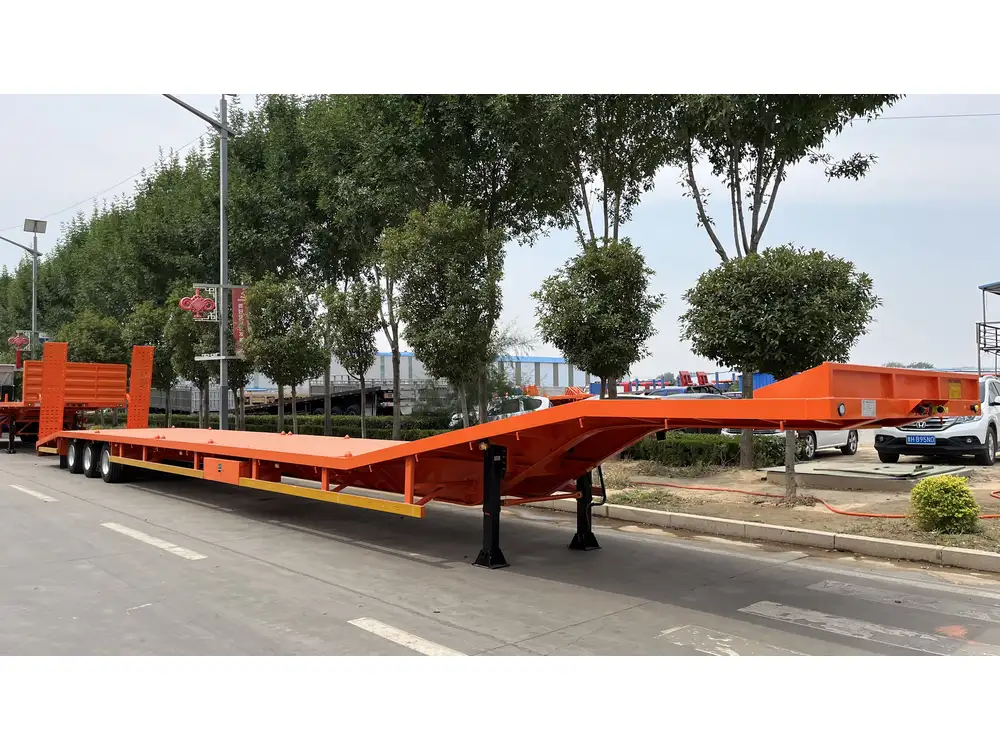
2.1 Federal Regulations
In the United States, the Federal Highway Administration (FHWA) sets the foundation for the maximum allowable length of semi-trailers. According to federal law, the standard maximum length allowed for a semi-trailer is 53 feet. This regulation helps ensure safety on roadways while facilitating the efficient transport of goods across the nation.
| Regulatory Body | Maximum Length |
|---|---|
| Federal Government | 53 feet |
2.2 State Variations
While federal law provides a baseline, state regulations can differ. Some states have provisions allowing for longer trailers under certain conditions. For instance, states like Texas and California have specific exemptions permitting longer semi-trailers, which can reach lengths of up to 59 feet or more under specific clauses.
| State | General Maximum Length | Potential Exemptions |
|---|---|---|
| California | 53 feet | Up to 59 feet under certain conditions |
| Texas | 53 feet | Up to 60 feet for specific freight types |
| Florida | 53 feet | Additional lengths for route-specific allowances |
3. Types of Semi-Trailers Affected by Length Regulations
Understanding the different types of semi-trailers can help clarify why length matters so much in compliance and efficiency.
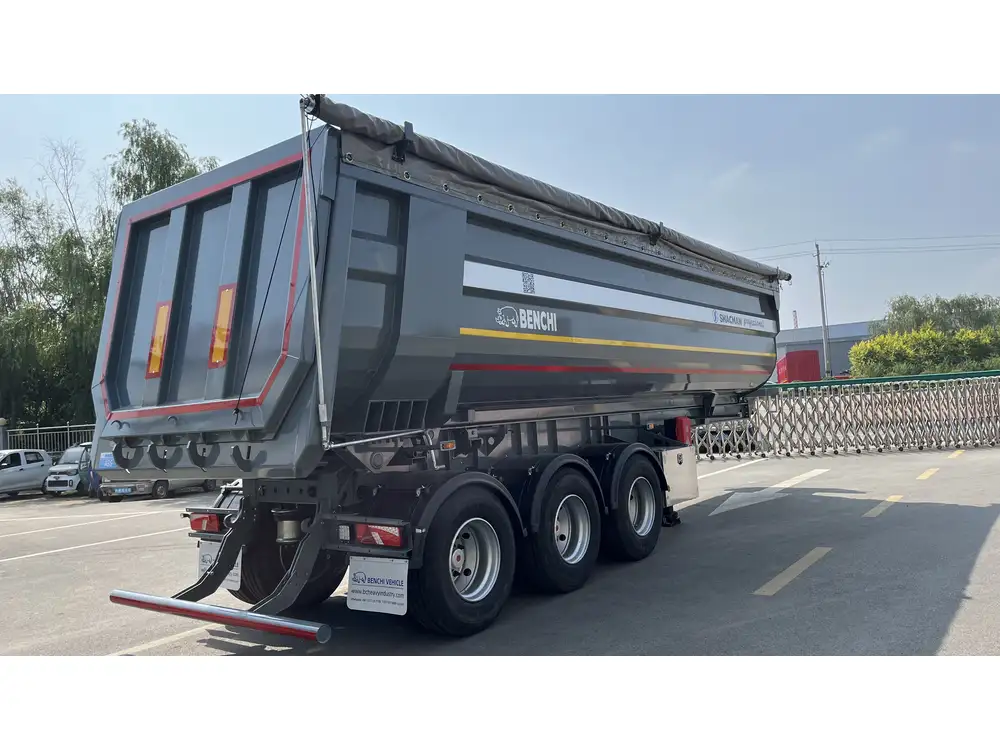
3.1 Flatbed Trailers
These open trailers are versatile and widely used for transporting large, heavy, or awkwardly-shaped loads. The 53-foot length applies uniformly here, but strategic loading and weight distribution are critical.
3.2 Refrigerated Trailers (Reefers)
Reefers, used for transporting perishable goods, also adhere to the 53-foot maximum. However, the weight can vary significantly depending on insulation and refrigeration units.
3.3 Tanker Trailers
Tanker trailers often have specialized regulations due to their design and the nature of their contents. While they typically abide by the 53-foot rule, hazardous materials may impose additional restrictions.
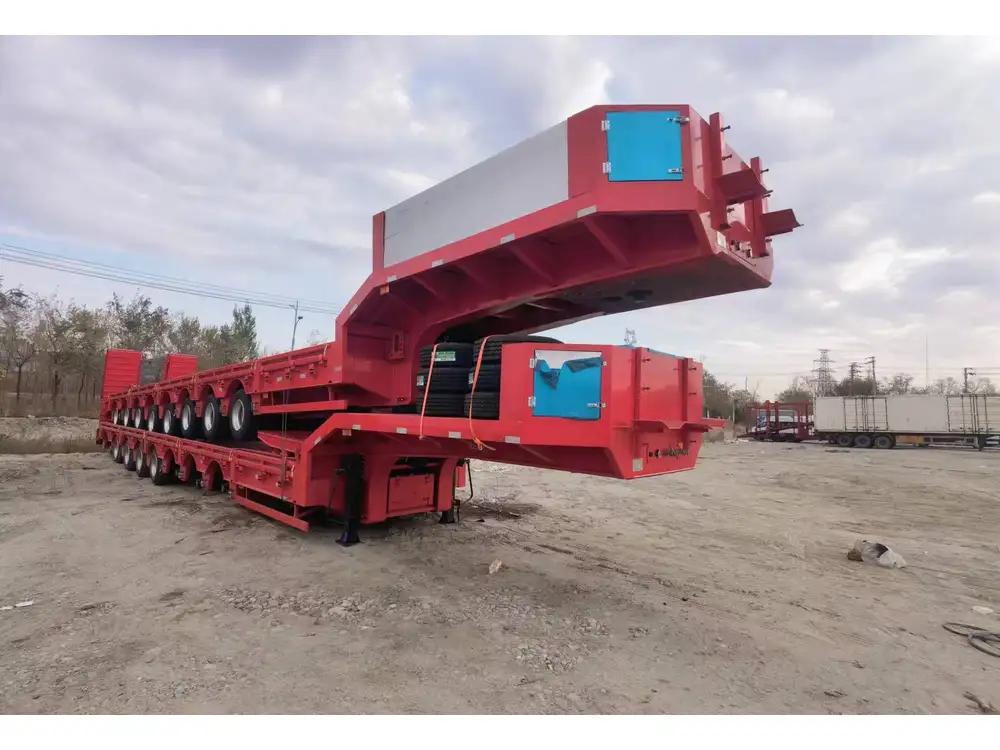
3.4 Specialized Trailers for Oversized Loads
Certain applications, such as those involving oversized or heavy dimension freight, might allow for specific exemptions or special permits. This differs widely based on type and state regulations.
4. Importance of Compliance and Efficiency
4.1 Safety Considerations
Adhering to length regulations is critical for safety on roadways. Longer trailers are often more difficult to maneuver and can pose increased risks, especially in urban environments, tight turns, and adverse weather conditions. Non-compliance can lead to accidents, which can have severe ramifications, including fines and legal penalties.

4.2 Impact on Fuel Efficiency
The length and weight of a semi-trailer can significantly impact fuel efficiency. Longer trailers can increase drag, which in turn may affect fuel consumption. Striking a balance between load capacity and aerodynamic efficiency is essential for logistics managers.
4.3 Economic Implications
Non-compliance with trailer length regulations can result in costly fines and increased maintenance costs due to wear and tear. From an economic perspective, ensuring that your semi-trailer fleet is compliant allows for smoother operations and reduced overhead.
5. Obtaining Permits for Longer Trailers
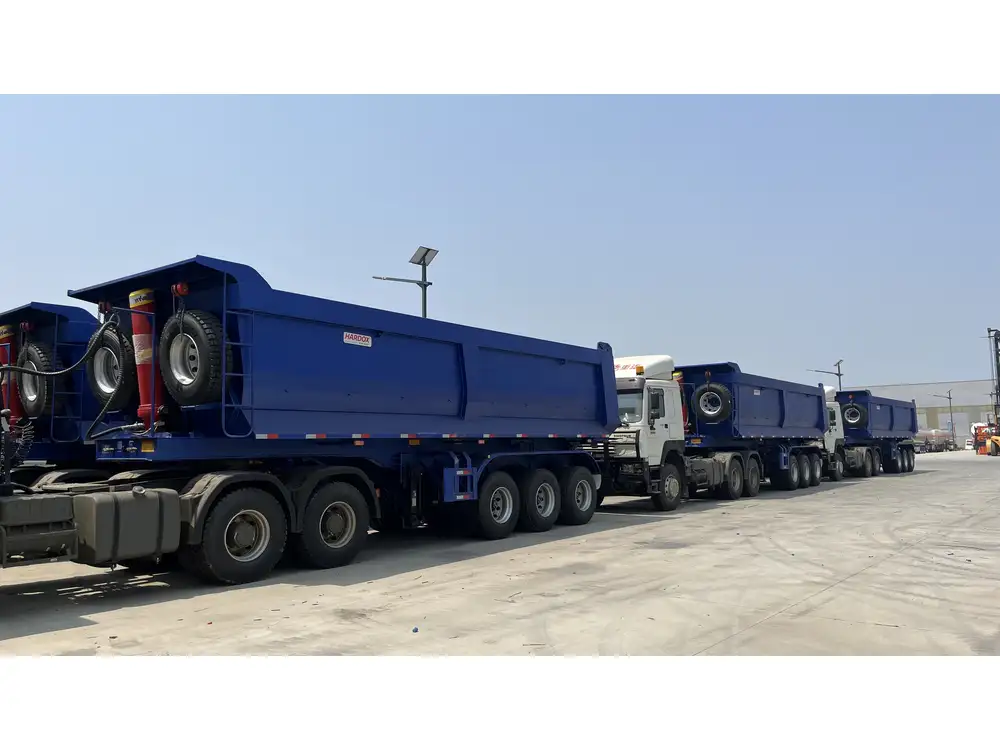
5.1 When Are Special Permits Necessary?
If your operations necessitate exceeding the standard 53-foot length due to specific cargo requirements or logistical needs, obtaining special permits is crucial. Many states offer temporary and permanent permits for longer semi-trailers, provided the necessary documentation and fees are processed.
5.2 Application Process
The process of acquiring a special permit can vary by state. Generally, it involves:
- Application Submission: Complete the relevant form online or in person at the Department of Transportation or local transportation authority.
- Documentation: Provide details about the trailer, intended routes, and any additional safety protocols.
- Fees: Pay the required fees, which may change based on the type and duration of the permit.
- Approval Notification: Await confirmation of permit approval and ensure all conditions are understood and complied with before travel.
6. The Future of Semi-Trailer Length Regulations
The trucking industry is experiencing rapid changes, especially regarding technology and sustainability. Here are a few trends that could shift the landscape of semi-trailer length regulations:
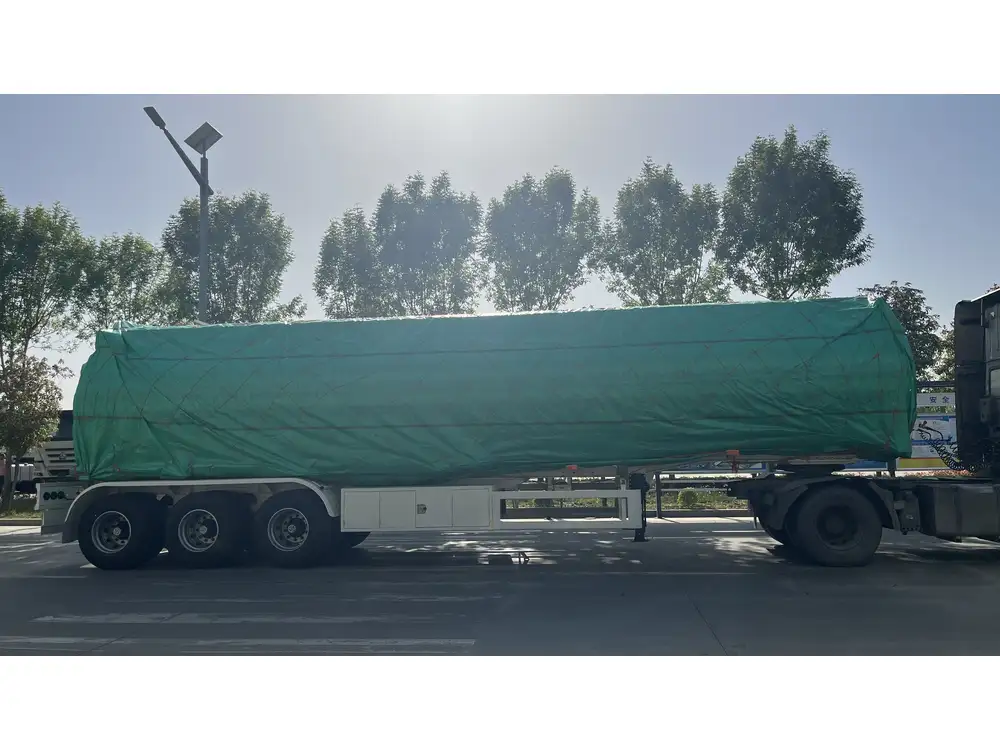
6.1 Autonomous Trucks
The rise of autonomous vehicles could lead to discussions about increasing allowable lengths, as these systems can potentially navigate longer trailers more efficiently and safely.
6.2 Environmental Regulations
As other vehicles strive for reduced emissions, semi-trailer design may evolve to prioritize aerodynamics, leading to considerations for potentially longer configurations to optimize freight loads while maintaining eco-friendly practices.
6.3 Electrification of Trucking Fleet
The advent of electric semi-trucks could result in re-evaluations of weight and length standards, especially if these new vehicles boast improved efficiencies and lower operational costs.

7. Making Informed Decisions in Semi-Trailer Manufacturing
Manufacturers must factor in length regulations while designing semi-trailers, ensuring that production aligns with federal and state requirements. The choice of materials, structural integrity, and compliance certifications must all be meticulously considered to design a trailer that not only meets but exceeds industry standards.
7.1 Material Considerations
Using lighter materials without compromising strength will enhance payload capacity while ensuring compliance with length regulations. Advanced composites and high-strength steel are examples of materials that can help builders achieve these goals.
7.2 Customizable Features
Offering capabilities for adjustable lengths or multipurpose designs can cater to a broader array of user needs while staying within regulatory boundaries.
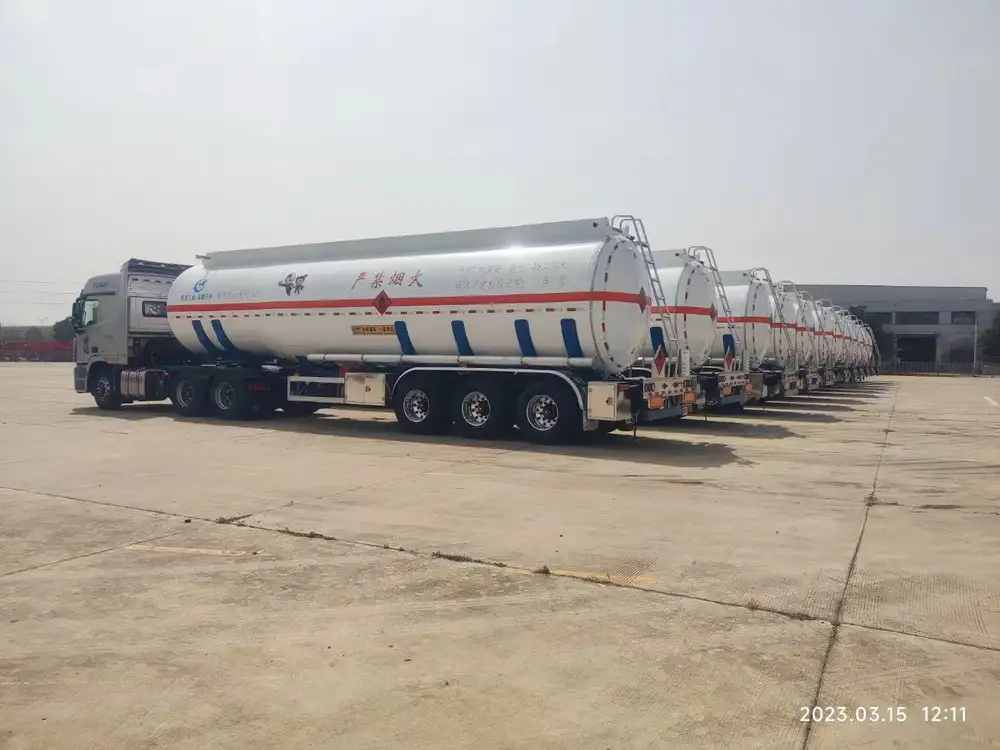
7.3 Striving for Innovation
Investing in research and development focused on weight distribution systems, modular designs, and aerodynamics can keep manufacturers at the forefront of the industry, ensuring they meet emerging standards and regulations effectively.
8. Conclusion: The Nexus of Compliance and Operational Excellence
Understanding the maximum allowed length of semi-trailers is crucial, not merely as a matter of regulatory compliance but also for enhancing operational capabilities and ensuring safety in freight movement. With varying factors from state regulations to the types of trailers, logistics managers must navigate a landscape of complexity. We urge all stakeholders within the semi-trailer manufacturing and logistics community to stay informed about these vital regulations, invest in innovation, and prioritize compliance for successful and sustainable operations.
Whether you are a manufacturer, logistics provider, or driver, this understanding of maximum semi-trailer lengths can help streamline your operations and contribute to the effectiveness of your supply chain management.



